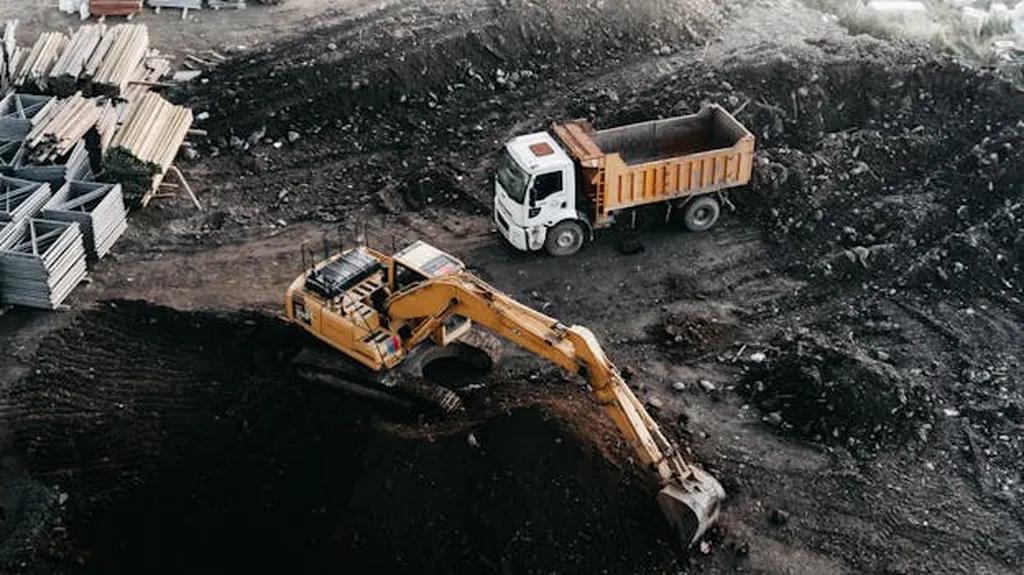In a novel approach to mine reclamation, researchers have turned their attention to electric dump trucks, potentially transforming a costly process into an energy-efficient operation. Pavel V. Shishkin, from the Empress Catherine II Saint-Petersburg Mining University, led a study published in the World Electric Vehicle Journal, exploring the use of autonomous electric dump trucks (EDTs) in coal mine reclamation. The idea is to leverage regenerative braking during descent to generate energy, reducing operational costs and environmental impact.
Shishkin and his team developed a comprehensive energy balance model based on the operational cycle of the Komatsu HD605-7 (E-Dumper) in the Pery quarry. The model considers various forces acting on the vehicle, such as rolling resistance, gradient, and aerodynamic forces, to calculate net energy consumption per cycle. The study compared three energy storage system (ESS) configurations: NMC/NCA batteries, LiFePO4 (LFP) batteries, and a hybrid LFP + supercapacitor (SC) system.
The results were promising. The net energy per cycle decreased with increasing payload capacity, even becoming negative (net energy generation) for loads above 110 tons due to powerful regenerative braking on the 13% descent grade. As Shishkin put it, “The proposed operation strategy, utilizing EDTs in a downhill-loaded cycle, transforms mine reclamation from a cost center into a potentially energy-neutral or even energy-positive process.”
The hybrid LFP + SC system proved most efficient, achieving the lowest specific energy consumption by effectively capturing high-power regenerative currents. While LFP batteries have a lower energy density, their superior cycle life, thermal stability, and safety make them the optimal choice for the harsh mining environment.
So, what does this mean for the maritime sector? The principles of energy efficiency and regenerative braking can be applied to maritime operations, particularly in ports and terminals where heavy vehicles are used. By integrating electric vehicles and energy storage systems, maritime operations can reduce their carbon footprint and operational costs. Moreover, the concept of transforming a traditionally costly process into an energy-efficient operation can inspire innovative solutions in maritime logistics and transportation.
As Shishkin noted, “A hybrid ESS with LFP batteries and supercapacitors is recommended as the most reliable and efficient solution for this specific application.” This could pave the way for similar applications in maritime, where reliability and efficiency are paramount. The study, published in the World Electric Vehicle Journal (translated as the Journal of Electric Vehicles), offers a glimpse into the future of energy-efficient operations, both on land and at sea.

